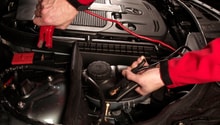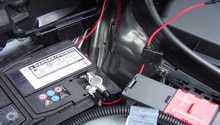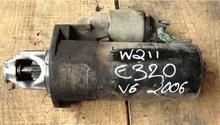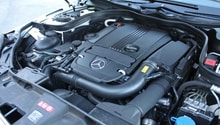Mercedes-Benz C-Class: How to Jump Start Your Car
Most have experienced the bother of a dead battery, which needed the help of another battery to bring it "back to life." This article will demonstrate to you how to jump start your Mercedes-Benz C-Class safely and easily.
This article applies to the Mercedes-Benz C-Class w204/w205 (2007-Present).
Your car battery has two major functions. One is to provide an incredibly powerful jolt of electricity to the engine to get it started. The other is to provide power to all of the electrical systems on the car that need power when the engine is turned off. Some of these are clocks, GPS systems, and the memories of the array of computer chips used to monitor the car.
While the engine is running, the battery gets recharged by the alternator. When the engine is off, the battery is on its own. With the exception of a faulty battery that won't hold a charge, most batteries lose their charge because there was an unusual electrical drain on it while the engine was off. Headlights and interior lights remaining on for a long period of time while the engine is off are the major culprits.

Pro Tip
The DIY Cost is only if you don't have jumper cables.
Materials Needed
- A good set of jumper cables
- Gloves to protect against battery acid
- Protective glasses (there is a remote chance of gasses briefly igniting)
- Materials to clean the battery terminal heads if they are corroded
Warning
A car battery can produce 500 to 1,000 amps when it cranks an engine. Ordinarily, that much current could be lethal. The good news is that human skin is a natural resistor to low voltages. The 12 volts of a car battery are not powerful enough to force the entire 500 to 1,000 amps through your body. You can still get a powerful shock or a burn, so caution is urged. However, if you are wearing an aluminum foil suit with copper buttons, and are standing in a tub of water while you are trying to jump start your battery, all bets are off.
Step 1 – Get ready for the jump start
Make sure your engine and exhaust systems are cool. This reduces the risk of gasoline vapors in the engine area. Make sure you turn off all the electronics before you try to jump your battery. Sound systems, interior lights, and headlights all drain electricity from the battery. Open the hood to locate your battery. Place the two cars in a nose-to-nose position if possible. Both car engines must be off. Engage the parking brakes. Make sure that the two cars are not touching each other.
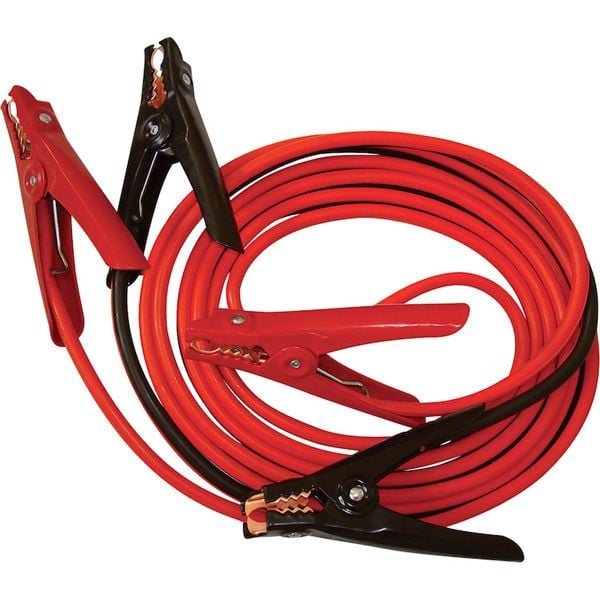
Step 2 – Connecting the cables
Make sure that the donor car engine is off. If you have gloves and protective glasses, put them on.
- Slide the red cover off of the positive terminal on your car, and attach the clamp for the positive cable (red) to it.
- Attach the other end of the positive cable to the positive terminal on the donor battery.
- Start the donor car engine, and let it run at idle speed.
- Attach the negative cable clamp (black) to the negative terminal on the donor battery.
- Attach the other end of the negative cable to the small brass ground point nub near your battery. If you can't find it, you can attach the cable to any unpainted piece of metal in the engine well.
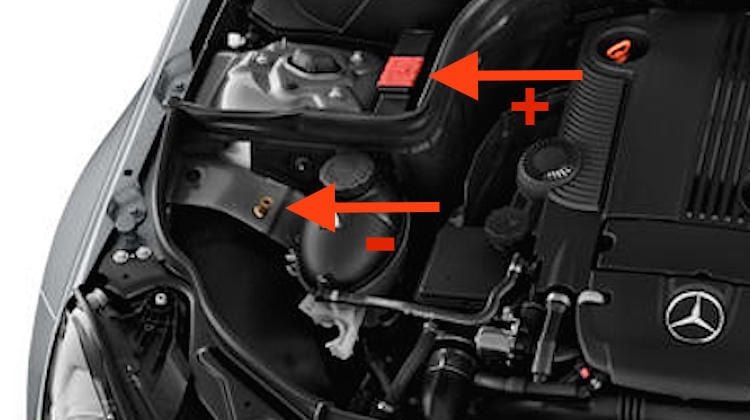
Figure 2. Find your connections points. 
Figure 3. Connections on donor battery.
Step 3 – Finishing the job
With the donor car still running. Start your car, and let it run for several minutes to build a charge. Do not turn it off yet. If the engine still doesn't start, check all your connections and let the donor car run for a few more minutes.
To remove the cables, reverse the order in Step 2. Remove the negative clamp from the ground point, and then the negative terminal on the donor car. Remove the positive clamp from the donor car, and then remove the cable from the positive terminal on your battery. Slide the red cover back over the positive terminal on your battery, and close the hood. Drive the car around for about ten minutes to allow your alternator to recharge your battery.
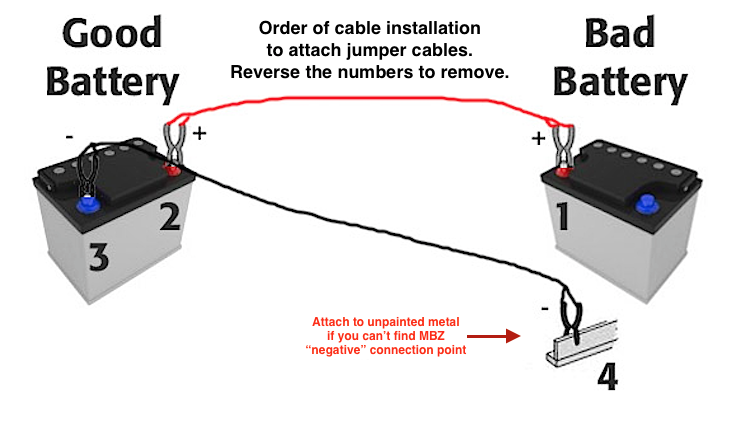
Pro Tips
- Before trying to jump start it, check to see if a battery cable has come loose.
- Check for corrosion on the on the terminals. Too much corrosion will prevent the charge from passing through.
- If the battery is cracked or leaking, DO NOT try to jump start it. Trying this might cause an explosion.
- If the positive and negative terminals are not clearly marked, look at their sizes. Positive terminals are generally a little larger than the negative ones.
- Make sure that the donor car also has 12V battery. A different voltage battery in the other car could severely damage your car.
Related Discussions, and Sites
- How to Help Jump Other Car? - MBWorld.org
- Battery Jump Start and Radio? - MBWorld.org
- Does Giving Someone a Jump Start Void Warranty? - MBWorld.org
- C-Class Manual - MBUSA.com
- How to Jump Start a 2008-2013 Mercedes-Benz C300 - CarCareKiosk.com

